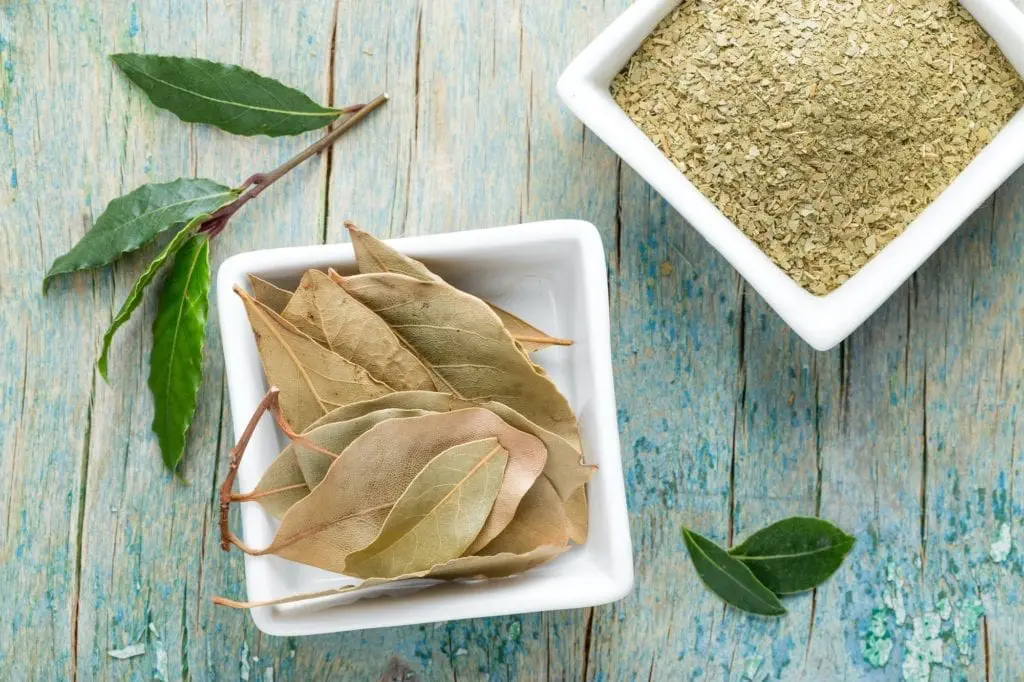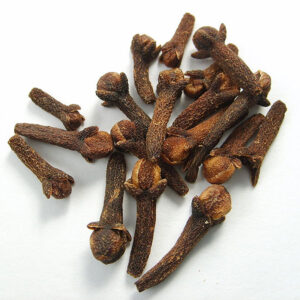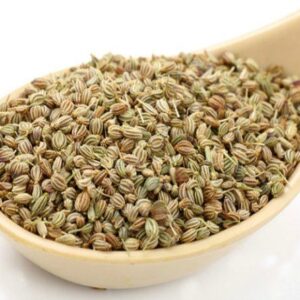Belongs to the botanical family of bay leaf Laurus Nobilis, native to Asia and the Mediterranean. Bay leaves, which grow in hot and temperate areas, are not adapted to tolerate even the coldest, and therefore are not cultivated in the northern regions. Countries like India, Italy, France, Russia, Belgium, Colombia, North America, and Central America export bay leaves, but Turkey is the leading.
Bay leaves are derived from the laurel shrub tree, which symbolizes both Rome and Greece, and it occupies a prominent place in their language. The laurel tree was regarded as a mark of respect in various cultures because of its sanctity and as one of the central elements of ancient mythology. Bay leaves still have widespread use in cuisine in North America and Europe.
Those familiar with South Asian and Mediterranean cuisine are well aware of the importance of bay leaves in their diet. Bay leaves are the biggest proof that a small leaf can drastically change the flavor of a meal. It is one of the cultural spices that have been used by mankind since ancient times to add flavor and smell to food.
The bay leaf, native to Asia Minor, spread throughout India, Turkey, North America, and France. Bay leaves have a value similar to the masala, which is used primarily in stews, soups, meat, vegetable dishes, and many other kinds of seafood. The best-blended garam masala with different ground spices is used in India to enhance the overall flavor of the food, and bay leaves serve as an important component.
The bay leaf not only provides a unique flavor but also has various medicinal benefits to enhance the health of the body. Bay leaves greatly help in the cure of digestive disorders and indigestion. These do not only help to treat stomach problems but also reduce the severity of bowel syndrome and celiac disease. This effectively reduces the amount of gas trouble caused by eating improper foods.
Bay leaves contain enzymes that break down even complex molecules, and these enzymes break down proteins and digest meat foods easily. The bay leaves are squeezed into the chest to cure respiratory disorders such as bronchitis, cough, chest infections, and fever. Also, these leaves can significantly reduce fever as they aid in releasing more sweating.
Put bay leaves in cold water and rinse the scalp thoroughly with shampoo to remove dandruff. Or if you use ten to fifteen drops of bay leaf oil in shampoo, dandruff will quickly get rid of it. The anti-inflammatory properties of bay leaves are due to the presence of a phytonutrient called Parthenolide. The essential oil is obtained from these leaves helps relieve pain, including arthritis, muscle spasms, and muscle aches.
These leaves contain caffeic acid, salicylates, phytonutrients, and rutin. These phytonutrients reduce the risk of heart attacks and strokes and protect the heart. Bay leaf contains a huge amount of Linalool compound, which is also found in basil and thyme leaves. Because of these characteristics of the leaves, they have long been utilized to manufacture perfume products. Its aroma has protective effects on the immune system and protects the body from adverse effects such as stress.
The bay leaf helps regulate blood sugar levels. The bay leaves are compounds that increase blood sugar levels, making them faster for insulin. Bay leaves contain various catechins, phytonutrients, parthenolide, caffeic acid, quercetin, eugenol, etc., to safeguard the body from different types of cancer.





